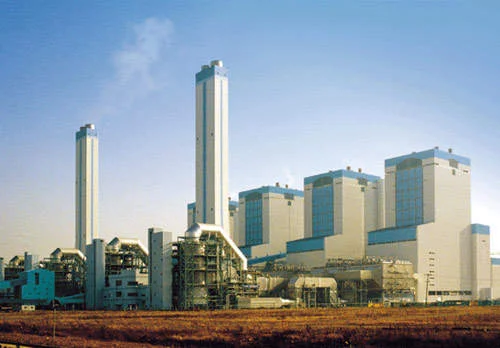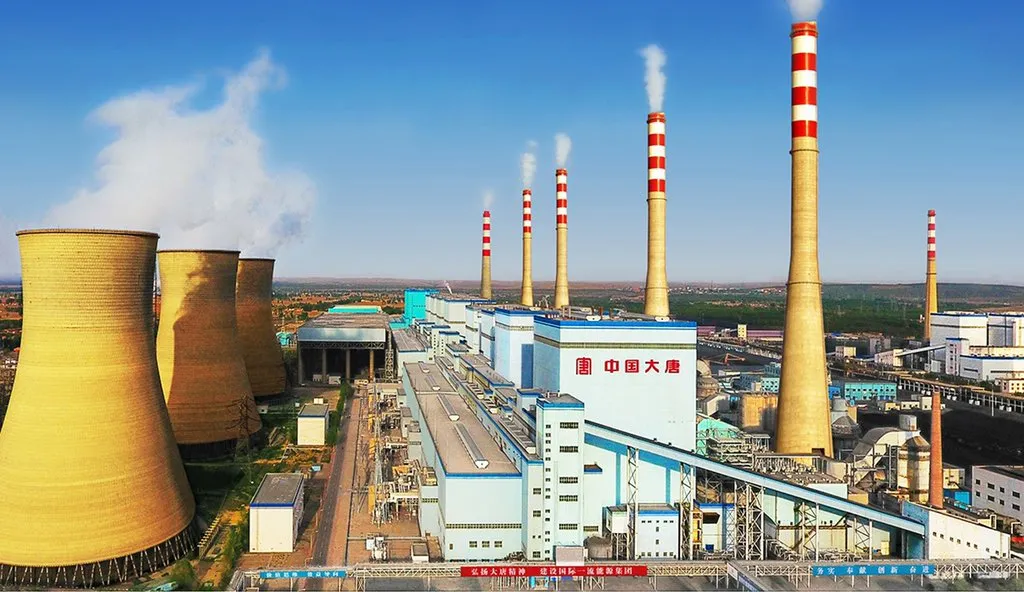
This blog will take you through the top 10 largest power plants both globally and in India, as well as insights into hydroelectric power generation, focusing on the largest units and their voltage ratings. Coal has historically been one of the most significant energy sources, and while the world is increasingly shifting toward renewable energy, coal power plants still play a crucial role in global electricity generation.
1. The Largest Operational Coal Power Plants in the World
Despite growing concerns over carbon emissions, coal-fired power plants continue to be pivotal in meeting global energy demands, particularly in rapidly industrializing nations. Here are the top 10 largest power plants :
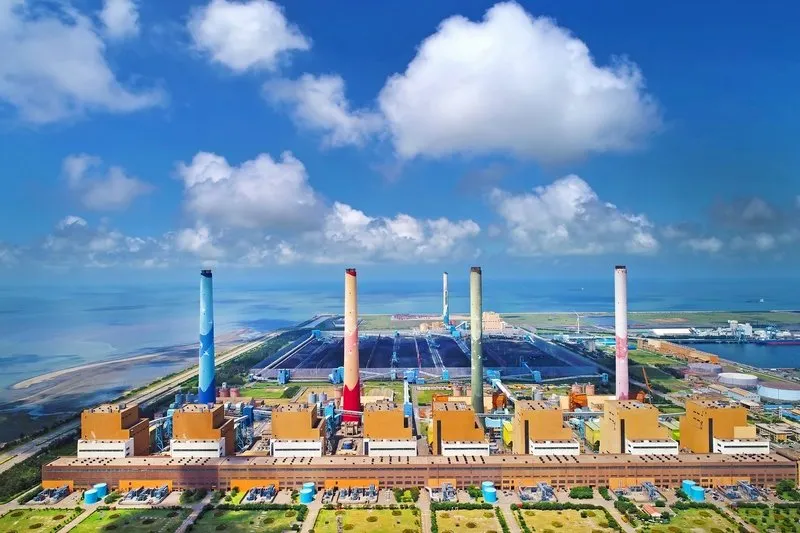
A. Taichung Power Plant (Taiwan)
- Capacity: 5,500 MW
- Location: Taichung, Taiwan
- Details: The Taichung Power Plant, located on the west coast of Taiwan, has been in operation since 1992. It’s the largest coal-fired power plant globally and generates roughly 7% of Taiwan’s electricity.
B. Dangjin Power Plant (South Korea)
- Capacity: 6,040 MW
- Location: Dangjin, South Korea
- Details: With an ultra-supercritical thermal plant design, the Dangjin power plant is one of the largest in Asia. South Korea relies heavily on coal to meet its power demands, though efforts are ongoing to reduce emissions.
C. Jindal Mega Power Plant (India)
- Capacity: 3,400 MW
- Location: Chhattisgarh, India
- Details: One of India’s largest coal plants, it plays a significant role in addressing India’s ever-growing energy needs.
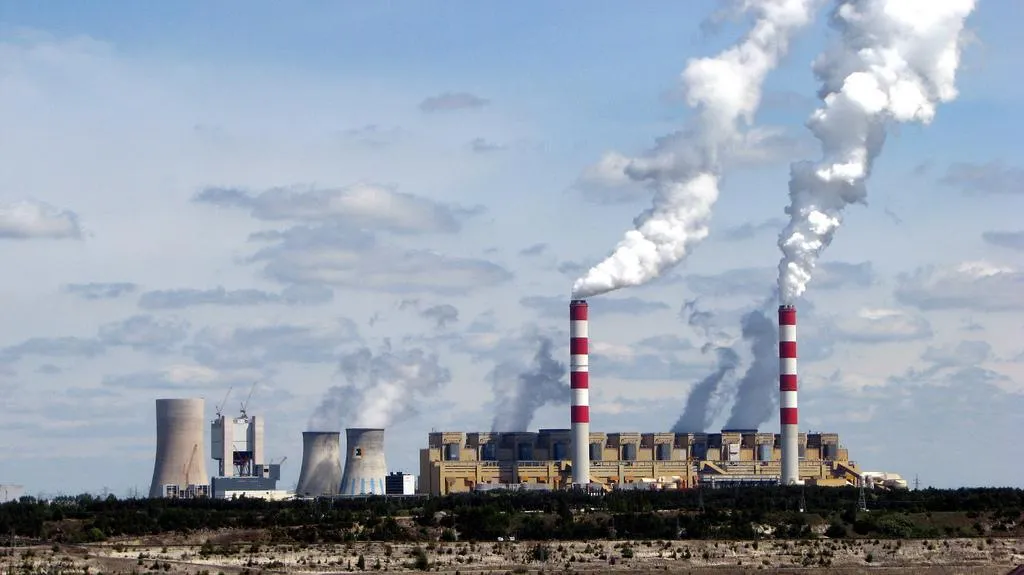
D. Bełchatów Power Station (Poland)
- Capacity: 5,102 MW
- Location: Łódź, Poland
- Details: Europe’s largest thermal power station, the Bełchatów Power Station, is also one of the most carbon-intensive. It primarily burns lignite, a soft type of coal, which is abundant in the region.
E. Tuoketuo Power Station (China)
- Capacity: 6,720 MW
- Location: Inner Mongolia, China
- Details: The largest coal power plant in the world by capacity is the Tuoketuo Power Station in China. China’s heavy reliance on coal has made this plant a key player in the country’s energy supply.
2. India’s Largest Coal Power Plants: Powering a Nation

India is the third-largest consumer of electricity in the world, and coal-based power plants dominate its energy mix. These are the largest coal-fired power plants in India:
A. Vindhyachal Super Thermal Power Station
- Capacity: 4,760 MW
- Location: Madhya Pradesh
- Details: The largest coal-fired plant in India, Vindhyachal is owned and operated by NTPC and is vital for power generation in central India.
B. Mundra Thermal Power Station
- Capacity: 4,620 MW
- Location: Gujarat
- Details: Operated by Adani Power, the Mundra plant is one of the largest private-sector coal power stations in India.
C. Sasan Ultra Mega Power Project
- Capacity: 3,960 MW
- Location: Madhya Pradesh
- Details: A key component of India’s Ultra Mega Power Projects (UMPP), Sasan uses domestic coal reserves to power its turbines, focusing on meeting India’s growing power demand.
3. The Largest Hydropower Plant: A Renewable Giant
While coal dominates in certain regions, hydropower is a major source of renewable energy, particularly in countries rich in water resources.
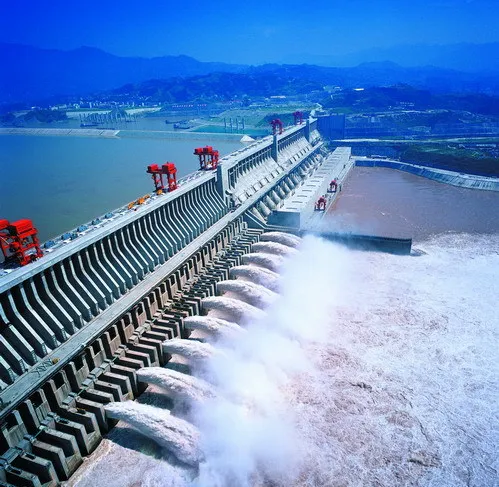
A. The Three Gorges Dam (China)
- Capacity: 22,500 MW
- Location: Hubei, China
- Details: The Three Gorges Dam on the Yangtze River is the largest hydroelectric plant globally, with a massive capacity of 22.5 GW. It plays a crucial role in reducing China’s carbon footprint and generating clean energy.
B. Itaipu Dam (Brazil/Paraguay)
- Capacity: 14,000 MW
- Location: Paraná River, between Brazil and Paraguay
- Details: The second-largest hydroelectric dam in the world, the Itaipu Dam supplies around 80% of Paraguay’s electricity and a substantial portion of Brazil’s needs.
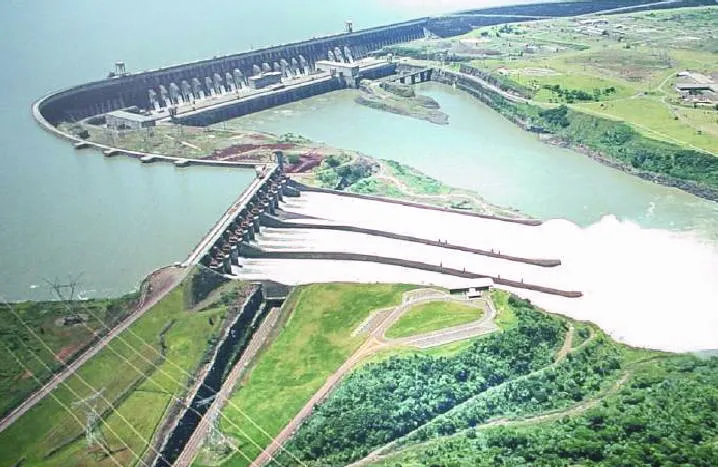
Other notable power generation facilities in India include:
Koyna Hydroelectric Project: This project stands as India’s most prominent fully operational hydroelectric power station, boasting a generation capacity of 1,920 MW.
Kudankulam Nuclear Power Plant: Holding the title of India’s largest nuclear power station, Kudankulam has an impressive capacity of 2,000 MW, making it a cornerstone of the nation’s nuclear energy output.
Adani Mundra Thermal Power Station: One of India’s major coal-based power plants, Adani Mundra has a substantial capacity of 4,620 MW, significantly contributing to the country’s thermal power production
Sadar Sarovar Dam: One of the largest dams , capacity 1450 MW in Gujrat,India, it is essential for power generation, irrigation, and flood control. The project has been vital for agricultural and industrial development in Gujarat and surrounding states.
Conclusion
Coal and hydroelectric power plants remain critical to the energy landscapes of many nations, despite the global shift towards renewables. While coal power plants continue to meet the bulk of electricity needs, particularly in developing countries like India and China, the push for cleaner energy is evident through massive hydroelectric projects like the Three Gorges Dam.
As global energy demands continue to rise, the balance between coal and renewable energy sources will play a pivotal role in shaping the future of electricity generation.

